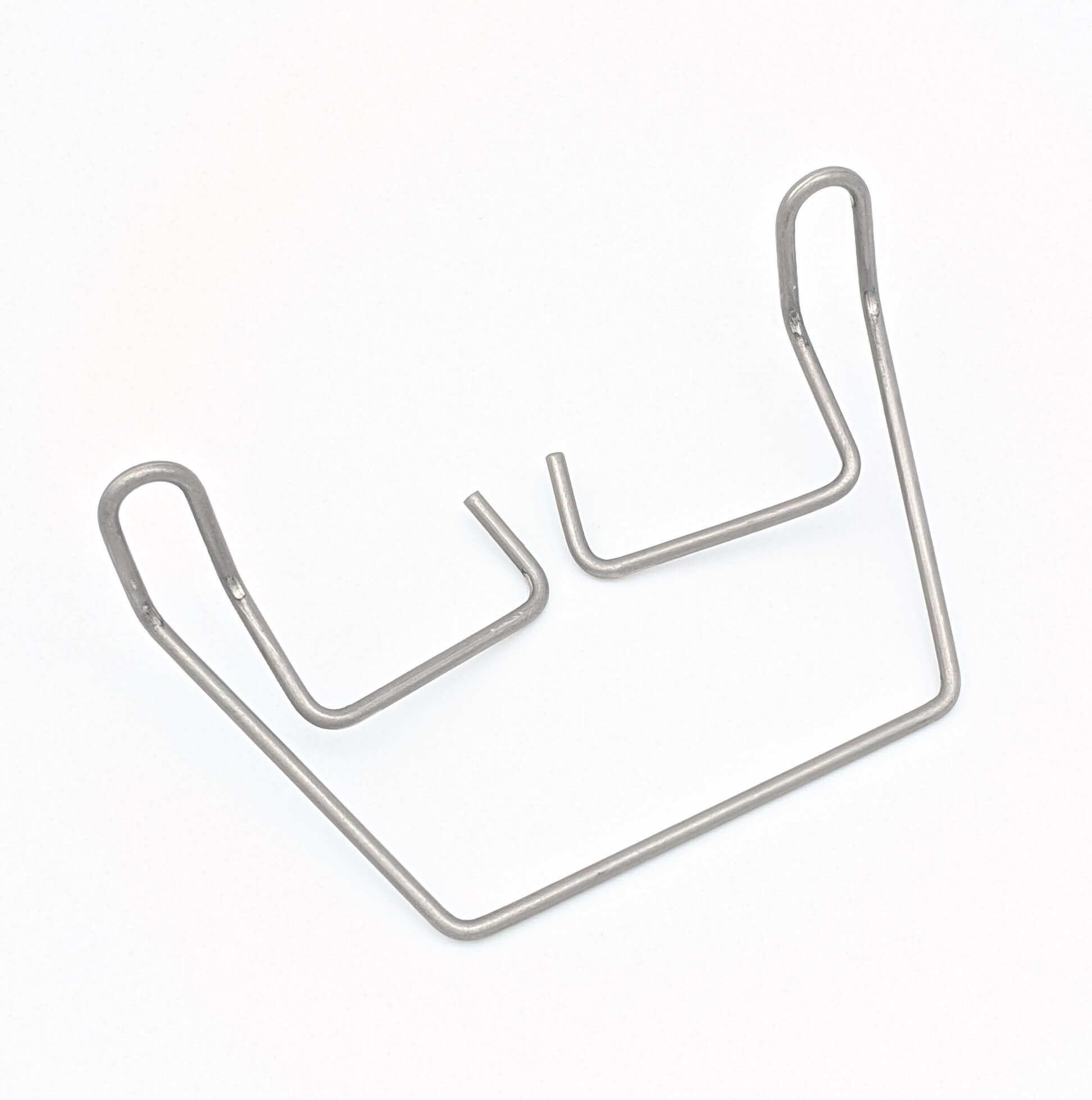Get unique, complex parts easily. No matter your requirements, Chaoyi Spring creates hard-to-produce coil springs and wire forms.
Let us help you create the custom wire form you need, from S-hooks and J-hooks to utility hooks and more.
We work closely with customers across a wide range of industries, helping them design and manufacture made-to-order parts.
Why choose Chaoyi Spring? We prioritize customer-focused collaboration, modern equipment and the latest technology to make your parts per print.
Find the information and guidance you need, from measuring a spring to learning about materials, placing an order and much more.
Springs, those ubiquitous coiled marvels of engineering, are indispensable in countless applications, from the delicate mechanisms of watches to the robust suspension systems of vehicles. At the heart of their


Springs, those ubiquitous coiled marvels of engineering, are indispensable in countless applications, from the delicate mechanisms of watches to the robust suspension systems of vehicles. At the heart of their functionality lies a fundamental relationship between force and displacement, eloquently captured by the compression spring equation. This equation, a cornerstone of spring mechanics, provides a quantitative understanding of how a spring responds to applied forces and, conversely, how much force a spring exerts when compressed. Let's embark on a journey to unravel the secrets hidden within this elegant equation, exploring its significance, derivation, and applications.

The compression spring equation is a mathematical expression that quantifies the relationship between the force applied to a compression spring and the resulting change in its length. This equation is a fundamental tool for engineers and designers working with springs, enabling them to predict and control the behavior of these essential components.
The derivation of the compression spring equation is rooted in Hooke's Law, a fundamental principle of elasticity. Hooke's Law states that the force exerted by a spring is directly proportional to its displacement from its equilibrium position. In other words, the harder you push or pull on a spring, the more it stretches or compresses, and the force it exerts increases accordingly.
The compression spring equation can be expressed as follows:
F = -kx
Where:
F is the force applied to the spring (in Newtons, N)
k is the spring constant (in Newtons per meter, N/m)
x is the displacement of the spring from its equilibrium position (in meters, m)
The negative sign indicates that the force exerted by the spring is in the opposite direction to the displacement. This means that if you compress the spring, it will push back with an equal and opposite force.
The spring constant (k), a crucial parameter in the compression spring equation, represents the stiffness of the spring. A higher spring constant signifies a stiffer spring, meaning it requires a greater force to compress or extend it by a given amount. Conversely, a lower spring constant indicates a more flexible spring. The spring constant is a property of the spring itself, determined by its material, geometry, and manufacturing process.
The compression spring equation finds widespread applications in various engineering fields. Here are a few prominent examples:
1. **Mechanical Design:** Engineers use the compression spring equation to design springs for specific applications, such as suspension systems in vehicles, shock absorbers, and mechanical actuators. They can calculate the spring constant required to achieve desired force and displacement characteristics, ensuring optimal performance and durability.
2. **Automotive Engineering:** The compression spring equation plays a pivotal role in designing and analyzing automotive suspension systems. By carefully selecting spring constants, engineers can optimize ride comfort, handling, and stability for vehicles.
3. **Aerospace Engineering:** In the aerospace industry, springs are used in landing gear, actuators, and other critical systems. The compression spring equation enables engineers to design springs that can withstand high forces and extreme temperature variations.
4. **Medical Devices:** Compression springs are incorporated into medical devices such as surgical instruments, prosthetic limbs, and medical implants. The compression spring equation helps ensure the proper functioning and safety of these devices.
While the compression spring equation provides a fundamental framework for understanding spring behavior, several additional factors can influence how a spring performs in real-world applications.
1. **Material Properties:** The material used to manufacture a spring significantly affects its stiffness, strength, and fatigue resistance. Spring steel, known for its excellent elastic properties and resilience, is commonly used in many applications.
2. **Spring Geometry:** The shape and dimensions of the spring, including its wire diameter, coil diameter, and number of coils, all influence its spring constant and load-carrying capacity.
3. **Environmental Conditions:** Factors like temperature, humidity, and corrosive environments can affect the performance and longevity of a spring. Engineers must consider these factors when selecting materials and designing springs for specific applications.
The compression spring equation is an invaluable tool in the world of engineering, allowing us to predict and control the behavior of springs in various applications. By understanding the relationship between force and displacement, we can design and manufacture springs that meet specific performance requirements, ensuring optimal function and reliability. As we delve deeper into the intricacies of spring mechanics, the compression spring equation continues to be a fundamental principle guiding our comprehension of these essential components.
In conclusion, the compression spring equation serves as a cornerstone of spring mechanics, providing a precise understanding of the relationship between force and displacement in compression springs. This equation's derivation from Hooke's Law highlights the fundamental principles of elasticity, while its applications in diverse engineering disciplines underscore its practical significance. From designing suspension systems to crafting medical implants, the compression spring equation empowers engineers to create springs that meet specific performance requirements, ensuring efficiency and reliability in countless applications.
Browse some of the custom wire forms and springs that we manufacture. Don’t see what you need? We specialize in made-to-order products that meet your application requirements.
Visit Our GalleryNeed a custom wire form or coil spring? We make it work. Fill out the contact form and a representative will respond within 1 business day. If you have a PDF or CAD file, you can submit to request a quote.